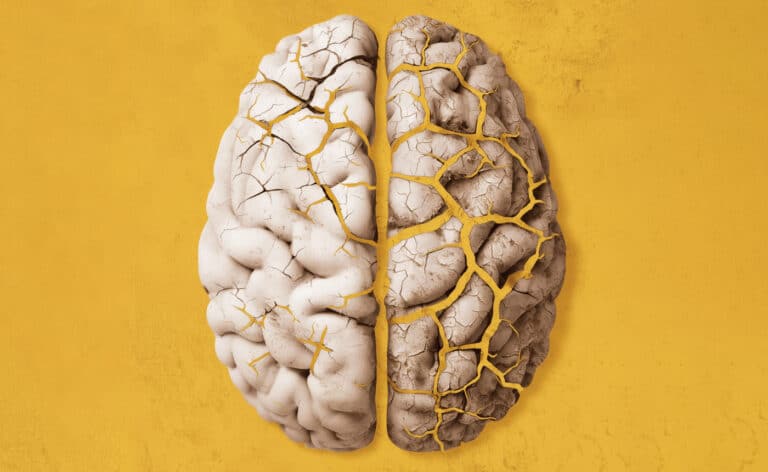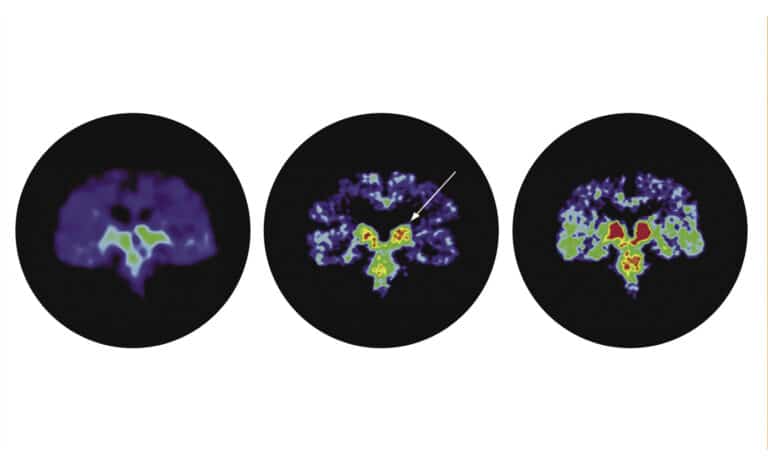How they shape health, aging, and vitality
Fact checked by Derick Wilder
Suppose 85 million women in the United States were aged 40 or older in 2023. That would mean about 25% of the total U.S. population was approaching perimenopause, in perimenopause or menopause, or had already passed it. Their possible symptoms? Joint pain, hot flashes, insomnia, memory loss, brain fog, vaginal and bladder problems, depression, anxiety, migraines, high cholesterol, high blood pressure, and bone loss.
Yet, a 2023 study found that not even one-third of medical school residents reported having a menopause curriculum as part of their residency training.
So what are menopausal women to do? Nourish your hormones — and consequently your health, vitality, and longevity — through nutrition, writes Mary Claire Haver, MD, an obstetrician-gynecologist and certified culinary medicine specialist. Haver wrote a widely acclaimed 2023 book, The Galveston Diet.
And by diet, Haver means lifestyle.
That’s because nutritional support may not be enough. Individuals respond differently to the menopause journey, says Cari Jacobson, DC, lead physician and owner of Be Optimal Holistic Health Center in Skokie. But no matter how you respond, hormone balance is vital for optimal health.
For those 40 and older experiencing challenging symptoms, Jacobson suggests looking deeper. What may feel like anxiety, for example, could be symptoms of very low progesterone — a call from the body for hormonal help.
Jacobson recommends consulting a certified menopause or hormone expert to undergo a comprehensive hormone panel and design a personalized plan that may include nutrition, exercise, hormone replacement therapy, herbs, and supplements.
Here’s a primer on what you may learn in a hormone assessment — the skinny on hormones’ roles in our lives.
Nine hormones at work
Estrogen is a hormonal powerhouse. It builds bones and strengthens bone density; controls cholesterol levels; boosts blood flow to the skin; strengthens pelvic floor, vaginal, and bladder tissues; and helps alleviate brain fog, improve mood, and possibly reduce anxiety and depression.
Insulin is released as carbohydrates break down into sugar. As blood sugar levels rise, the pancreas produces insulin. This process enables cells to absorb sugar (glucose) from the blood and store it for energy. In fact, insulin controls fat storage.
Belly fat and insulin resistance can develop hand in hand, Haver writes. Refined carbohydrates, sugar, and fast food drive insulin resistance, resulting in weight gain. Instead, prioritize antioxidant-rich foods such as colorful fruits, vegetables, and green tea; spices and herbs; fiber; and protein.
Cortisol, a stress hormone, fuels the fight-or-flight mode. Yet cortisol doesn’t differentiate between life-threatening emergencies and everyday stressors. Acute or chronic stress can elevate blood sugar levels, stimulate food cravings, lead to insulin resistance, increase the rate at which fat is stored, and redistribute fat to the belly area.
Water is essential, as is dark chocolate (at least 70% cocoa content), Haver says. Probiotic and prebiotic foods, fiber, and fish rich in omega-3 fatty acids all support cortisol balance. Beyond food, practice mindfulness, prioritize quality sleep, and exercise regularly.
Glucagon-like peptide-1 (GLP-1) is produced by the gut when nutrients enter the intestines. Higher levels of GLP-1 curb appetite, slow digestion, regulate insulin and blood sugar levels, and help release nutrients more evenly. Fish, whey protein, antioxidant-rich foods, leafy greens, and probiotic foods all support GLP-1 levels.
Leptin, produced by fat cells, tells the brain there is enough fat in storage, so it can stop eating. If someone is overweight, they may have excessive leptin in their blood, which can lead to leptin resistance. This resistance means the brain doesn’t recognize leptin signals, which then drives cravings, unhealthy eating habits, and weight gain, Haver writes.
To determine how much to eat, practice portion control: aim for about 3 ounces of protein per meal, along with soluble fiber. And don’t forget to schedule regular exercise and quality sleep.
Ghrelin is produced in your gut and increases appetite when calories are severely restricted. Protein, especially after a fast, and high-fiber foods help keep this hormone in check.
Neuropeptide Y (NPY), produced in the brain and peripheral nervous system, plays a significant role in hunger stimulation. Low leptin levels and caloric restriction trigger this hormone; its levels are highest when people fast and lowest after a meal. Neuropeptide Y also rises during stress, which can lead to overeating and visceral weight gain, Haver writes.
As with ghrelin, adequate protein and soluble fiber help balance NPY, as do lifestyle practices that decrease stress.
Cholecystokinin (CCK), produced in the intestinal lining, triggers the release of bile and pancreatic enzymes when you consume fats and proteins. These enzymes and bile break down fat for energy. CCK also suppresses appetite. Focus on protein, fat, fiber, and foods rich in omega-3 fatty acids.
Peptide YY (PYY), produced in the small intestine, is released after eating. PYY suppresses appetite by slowing stomach emptying. Protein and fat stimulate the greatest release of pancreatic peptide YY, but elevated blood sugar levels can inhibit its effects.
Originally published in the Fall 2025/Winter 2026 print issue.

Kathleen Aharoni is a movement and life coach, forest bathing guide, and author of the award-winning book I breathe my own breath! She has served on the faculties of Northwestern University and Columbia College.













